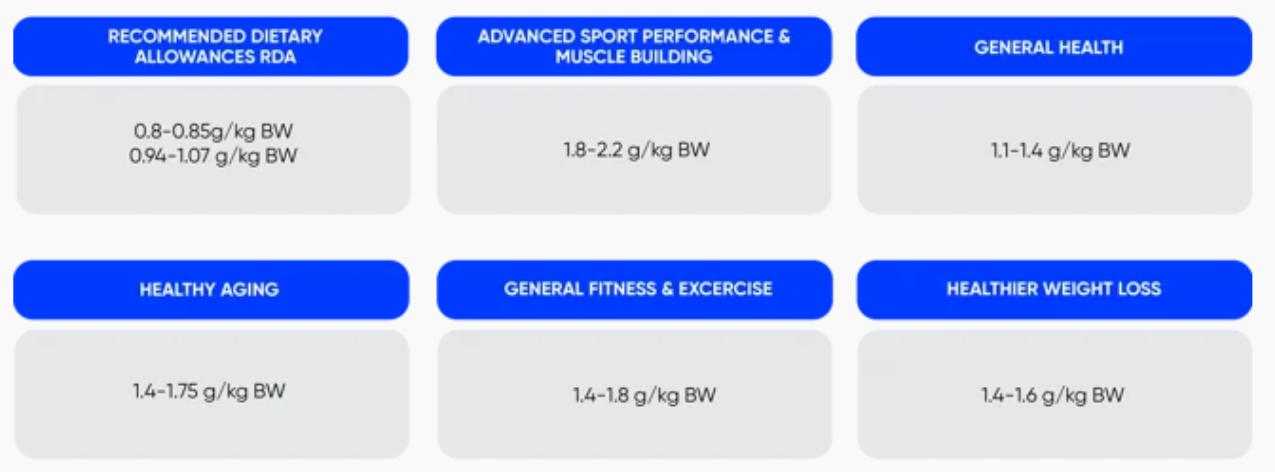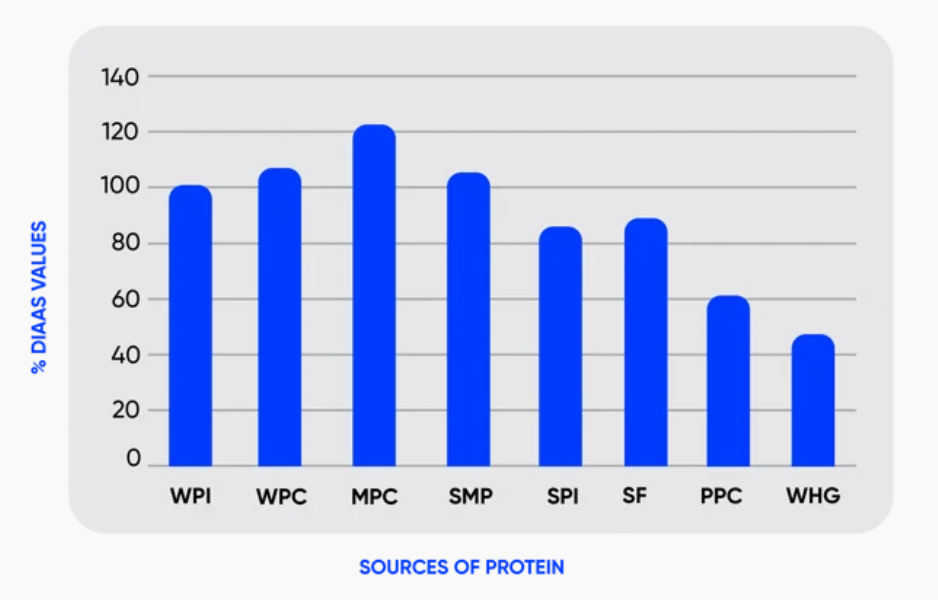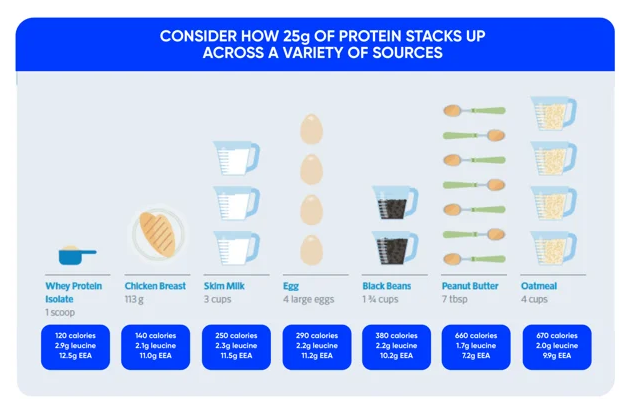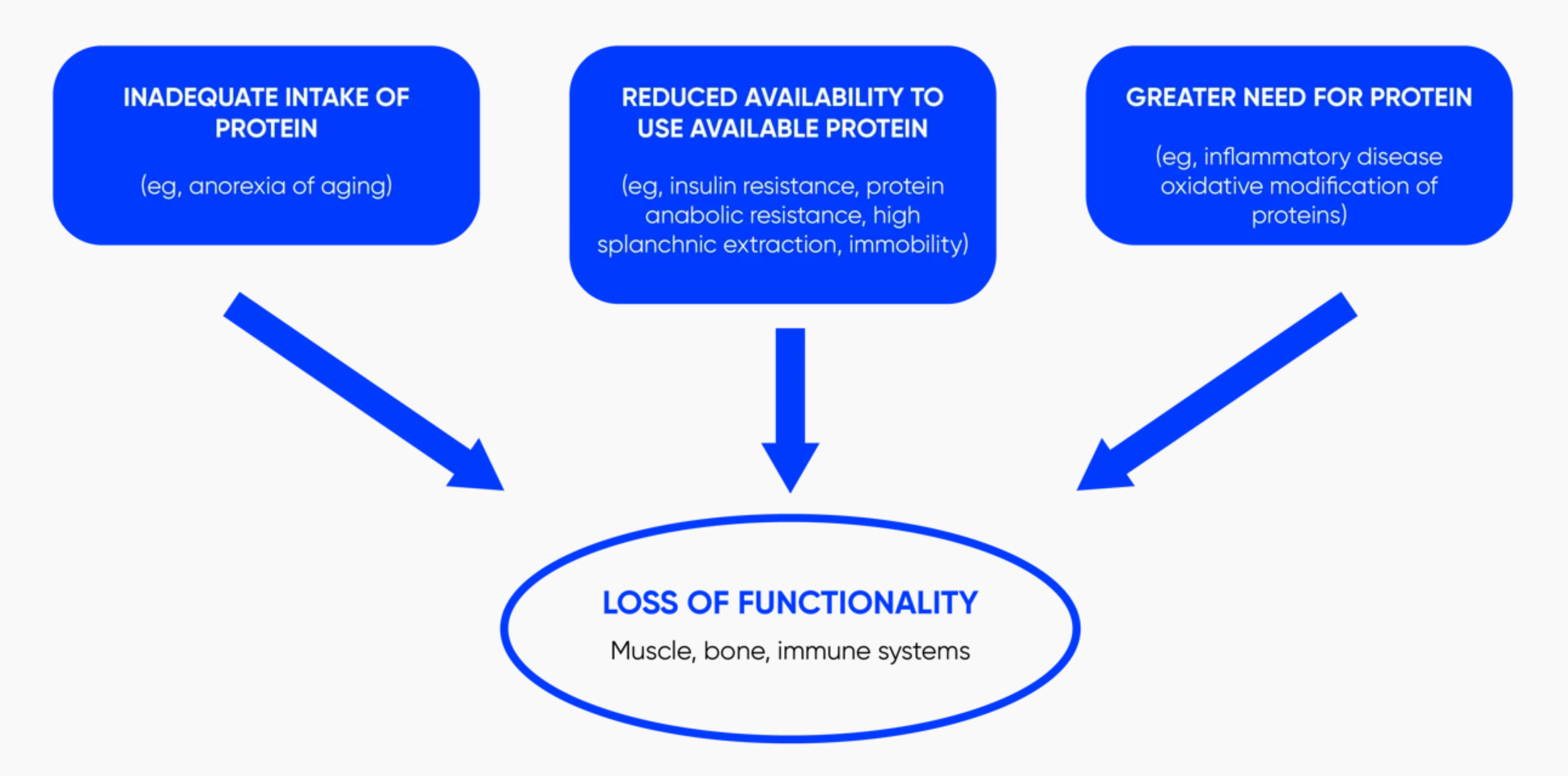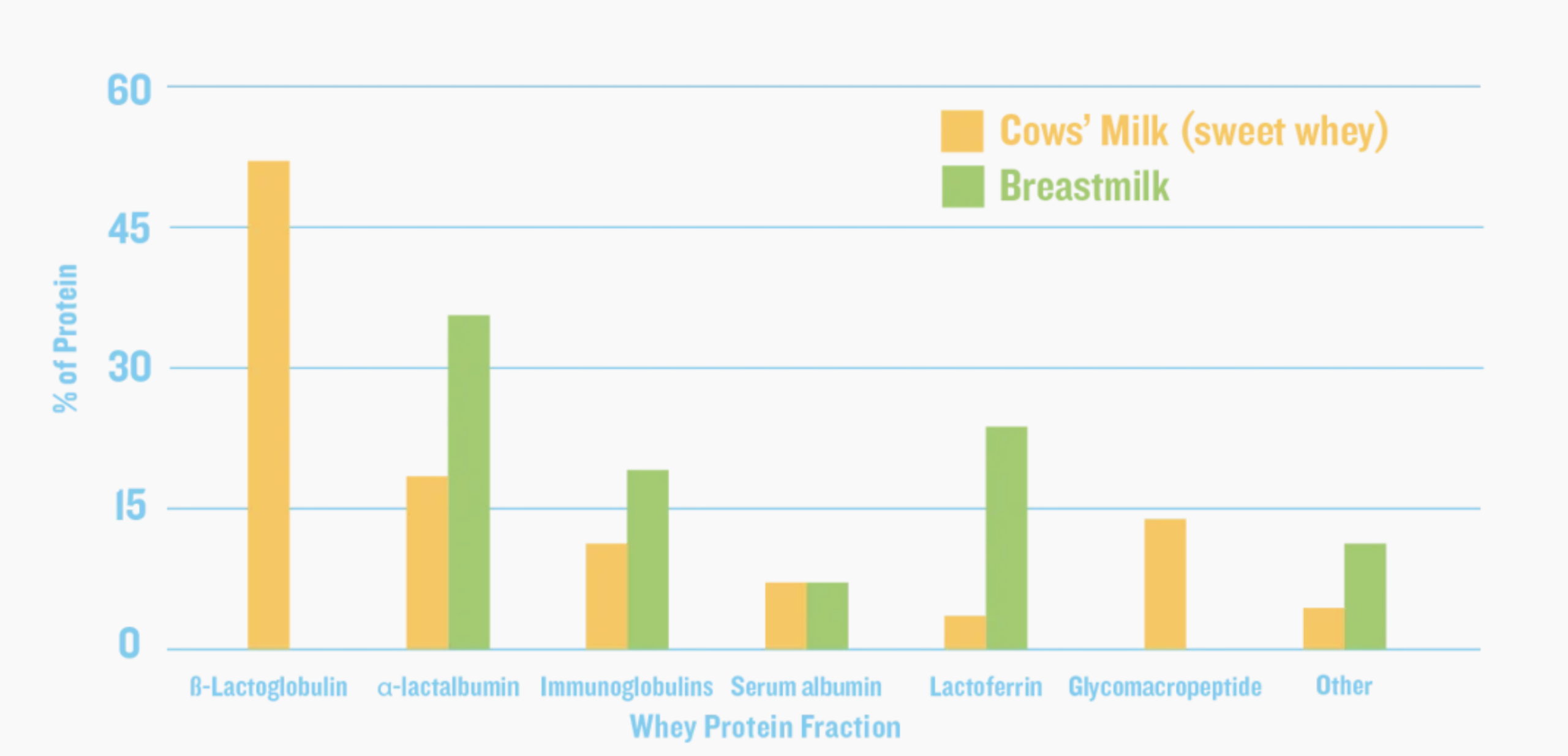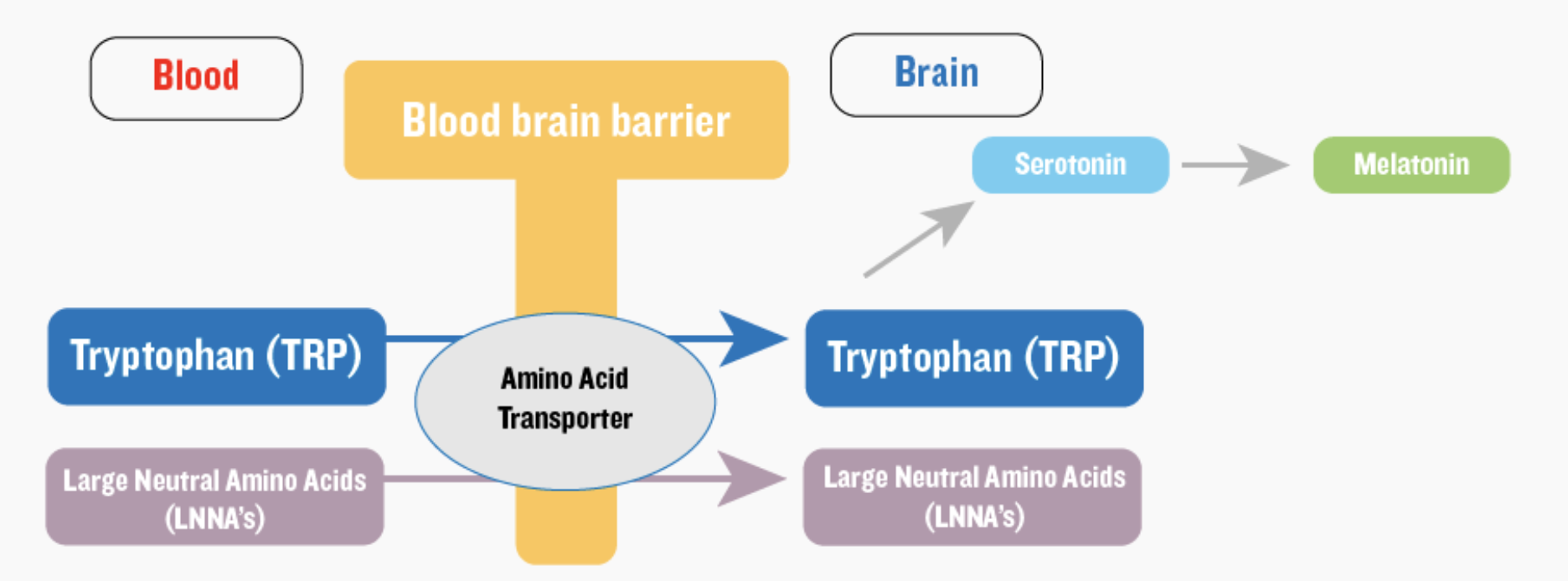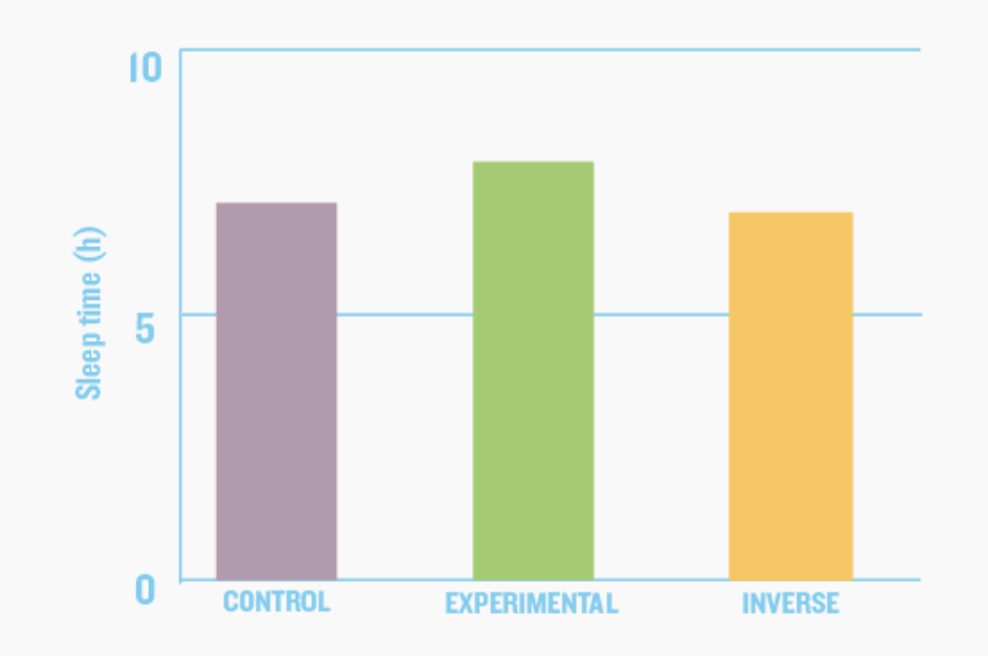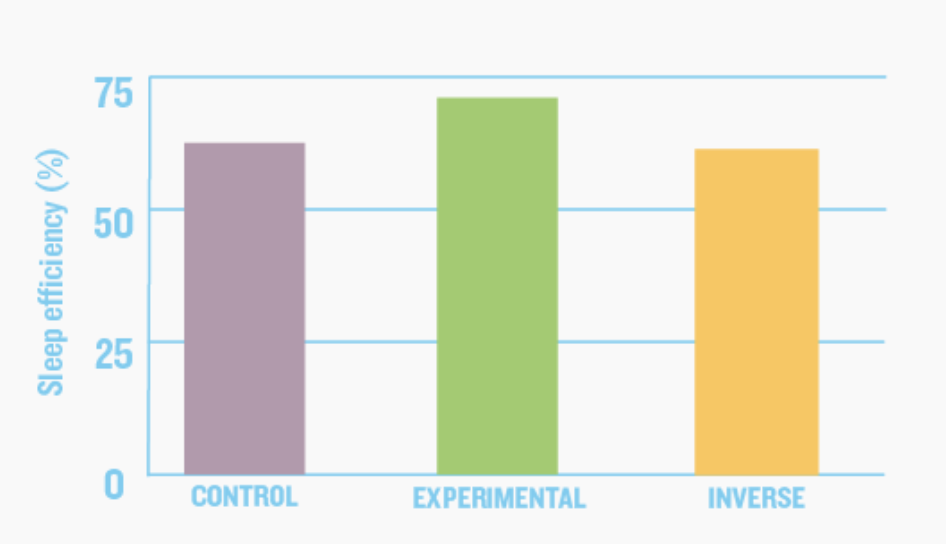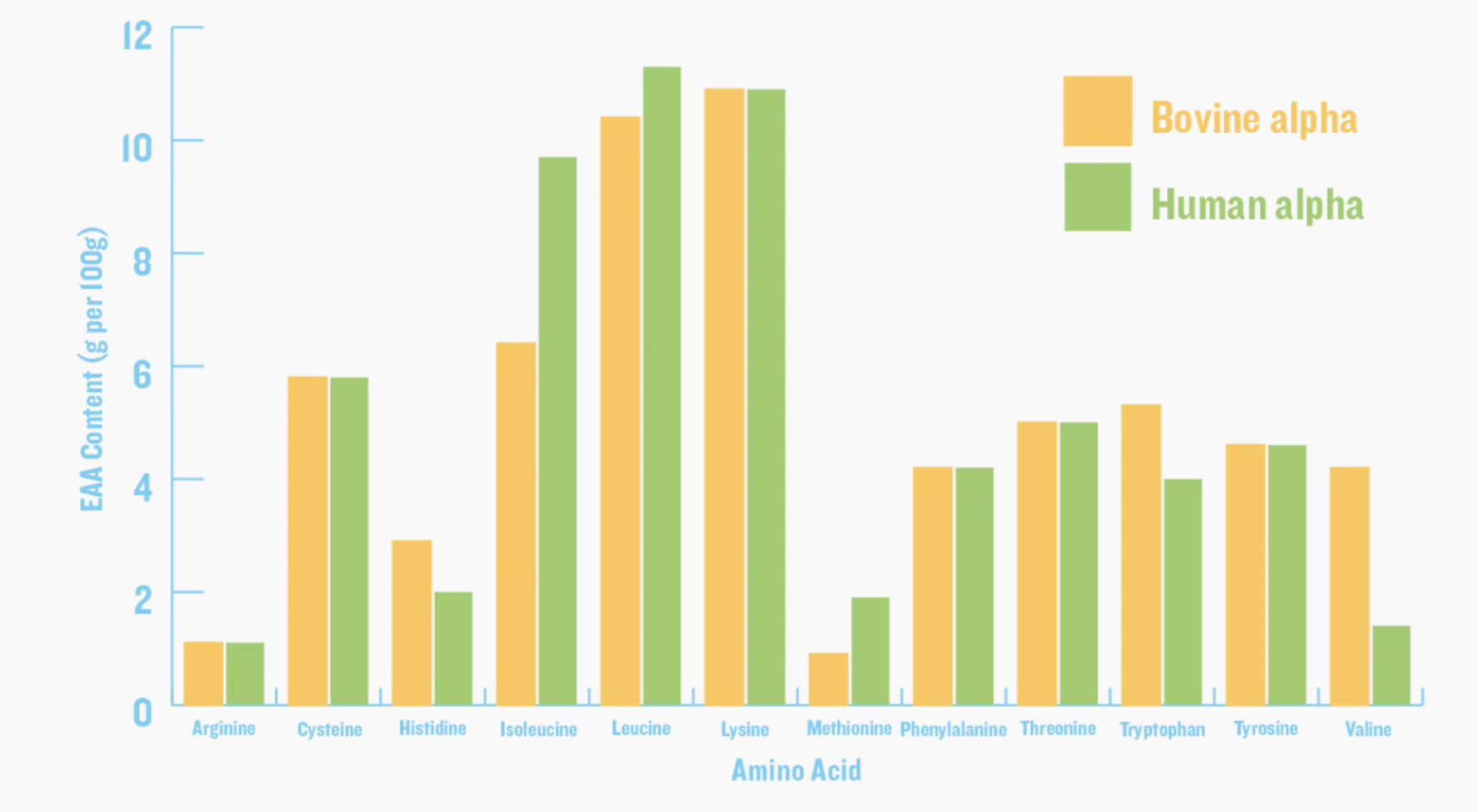The Rising Popularity of High Protein Snacking
In recent years, the food industry has seen a significant shift towards health and wellness, with consumers increasingly seeking nutrient-dense and functional foods. Among the fastest-growing trends in this domain is the demand for high-protein snacks, which offer convenience, satiety, and a plethora of health benefits. One of the key innovations driving this trend is the development of extruded proteins.

The Rise of Extruded Proteins
Extruded proteins are made through a process called extrusion, where protein-rich ingredients are processed under high temperature and pressure. This method not only improves the texture and palatability of proteins but also enhances their digestibility and nutritional profile. As a result, extruded proteins have become a cornerstone for creating a variety of high-protein snacks, including bars, crisps, and puffed products.
Consumers today are more informed and discerning about their dietary choices. They look for snacks that not only satisfy their hunger but also contribute positively to their overall health. High-protein snacks fit this bill perfectly by providing essential amino acids that support muscle repair, growth, and overall metabolic function. This makes them particularly appealing to fitness enthusiasts, athletes, and those leading an active lifestyle.
The Consumer Shift Towards High-Protein Snacks
The popularity of high-protein snacks is evident from the burgeoning market growth. According to recent market analyses, the global high-protein snacks market is expected to witness a significant compound annual growth rate (CAGR) in the coming years. This surge is driven by several factors:
- Health and Wellness Trends: As more people prioritize health, protein-rich snacks are perceived as a healthier alternative to traditional, carb-heavy snacks.
- Convenience: Busy lifestyles necessitate convenient, on-the-go nutrition. High-protein snacks are portable, easy to consume, and often come in a variety of flavors and formats to suit diverse preferences.
- Weight Management: Protein is known to promote satiety and help in weight management. Snacks rich in protein can help control appetite and reduce overall calorie intake.
- Fitness and Sports Nutrition: High-protein snacks are a staple in the diets of athletes and fitness enthusiasts who need to meet their higher protein requirements for muscle maintenance and recovery.
Introducing PROtext™: A Game Changer in High-Protein Snacks
At Milk Specialties Global, we recognize the burgeoning demand for high-protein snacks and the pivotal role that extruded proteins play in this market. Our PROtext™ line of extruded proteins offers a unique opportunity for companies to expand into this growing category with products that stand out in terms of quality, taste, and nutritional benefits.

Key Benefits of PROtext™ Extruded Proteins
- Superior Texture and Taste: PROtext™ proteins are designed to deliver a superior mouthfeel and flavor profile, making them an ideal ingredient for high-protein snacks that consumers love.
- Nutritional Excellence: Rich in essential amino acids, our extruded proteins support muscle health and provide the nutrition consumers are looking for in their snacks.
- Versatility: PROtext™ can be incorporated into a wide range of snack formats, from bars and bites to crisps and puffs, offering limitless possibilities for innovation.
- Clean Label: In line with consumer demand for transparency and clean labels, PROtext™ proteins are made with minimal processing and high-quality ingredients.
Expanding Your Product Line with PROtext™
By incorporating PROtext™ into your product line, you can tap into the high-protein snack trend and meet the needs of health-conscious consumers. Whether you’re looking to create a new product or enhance an existing one, our team at Milk Specialties Global is here to support you with technical expertise, market insights, and top-tier ingredients.
In conclusion, the rising popularity of extruded proteins and high-protein snacks presents a golden opportunity for companies to innovate and grow. With PROtext™, you can deliver products that not only meet market demand but also exceed consumer expectations. Partner with us and take the first step towards leading the high-protein snack revolution.












